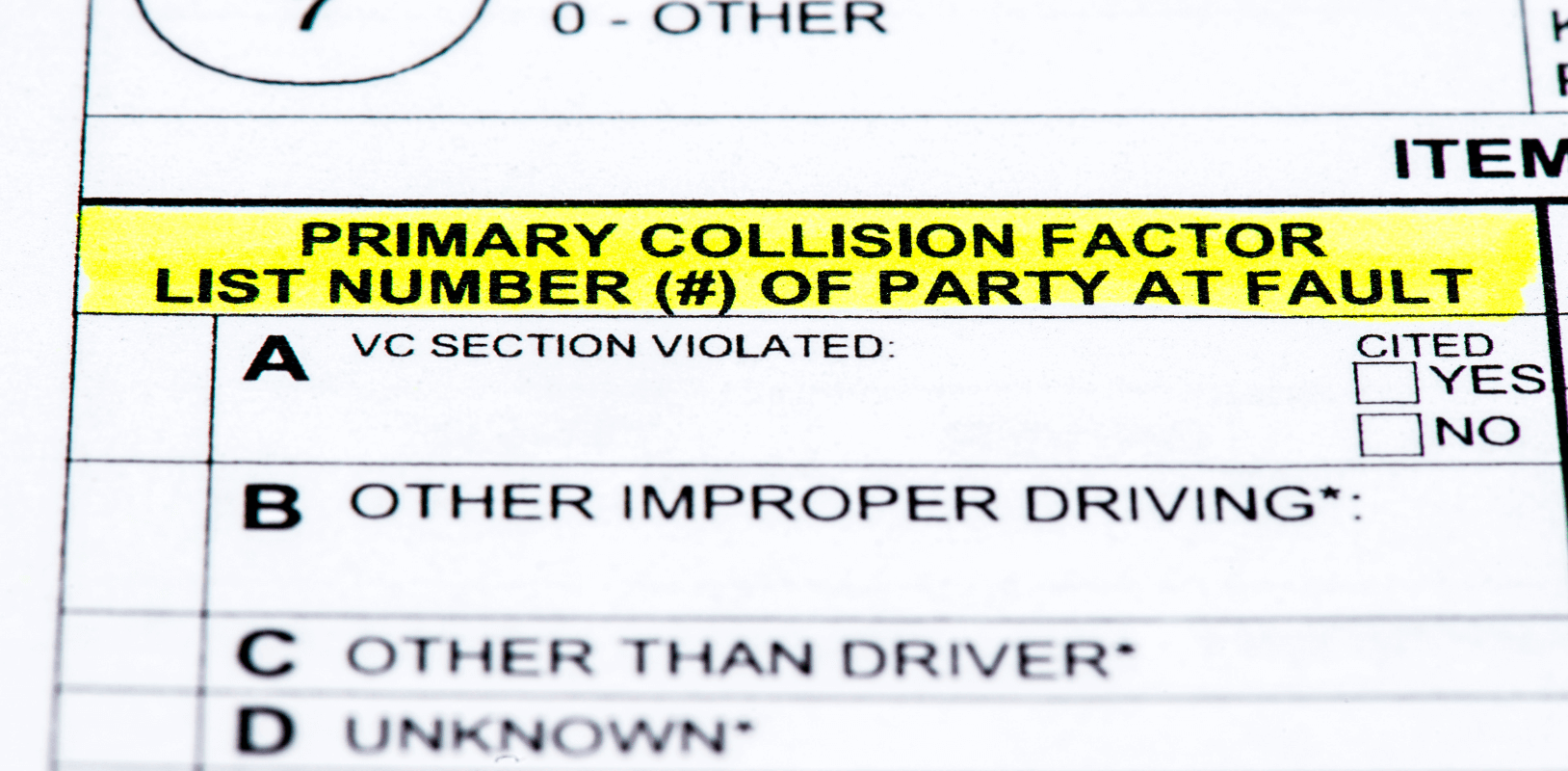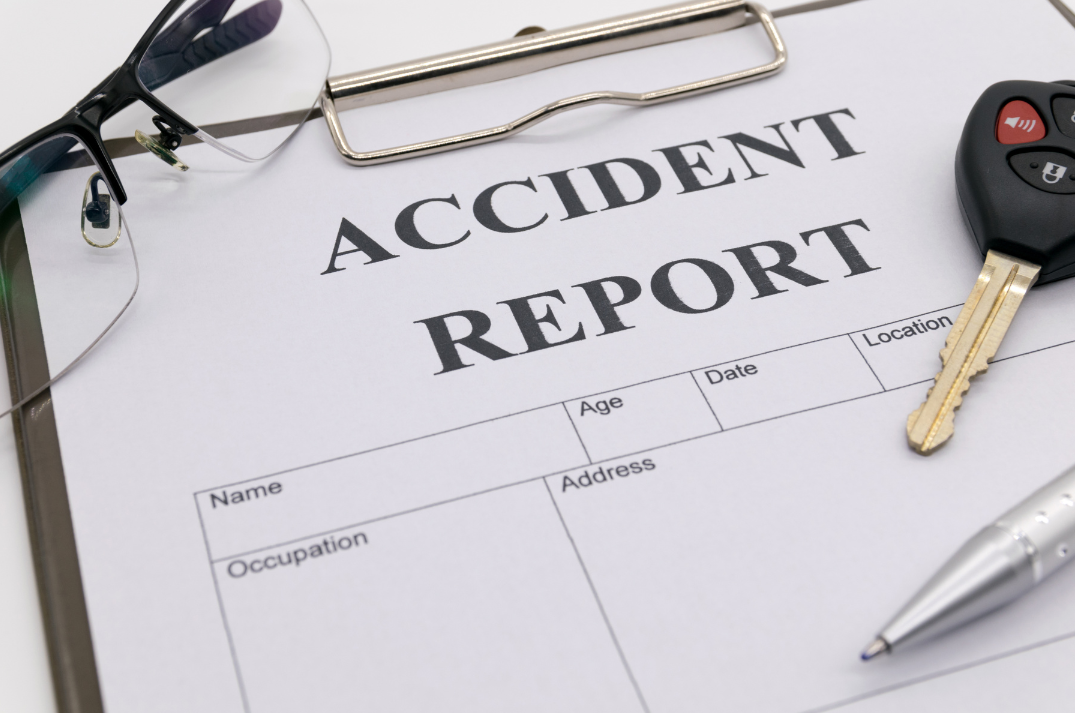Defensive driving is exactly what it sounds like – driving in a manner that allows you to assess predictable hazards and avoid dangerous scenarios. Defensive driving tactics are not limited to a basic understanding of traffic laws and procedures. Rather, they can help motorists to improve driving skills while minimizing driving risks by identifying situations and making well-informed decisions. If you are reading about defensive driving because you were recently injured in a Las Vegas area car crash, the experienced injury lawyers at SJW Injury Attorneys can help. Please feel free to contact us at (702) 591-8007. Initial consultations are completely free.

Learning about defensive driving strategies and putting them into practice allows for a much safer driving experience. Defensive drivers can make strategic decisions based on a variety of both road and environmental conditions. Here are some strategies you can implement to be a safer, more defensive driver:
Scan and Anticipate
Assessing possible risks and dangers is a key element of being a safe, defensive driver. Through assessment and planning, you can avoid a plethora of dangerous outcomes.
Scan Conditions Far Ahead
Instead of solely focusing on the car in front of you, expand your focus to take in what is happening farther ahead of you. You will be better equipped to identify possible hazardous conditions and safely maneuver around them.
Predict Risks
While looking at conditions ahead of your vehicle, you will likely be prepared to spot potentially harmful situations. When you see these hazards, it’s important to take action to avoid them. Quickly assess and determine whether actions should or should not be taken. For example, if you are behind a truck carrying furniture that does not look secure, signal and move lanes when it is safe to do so.
Watch Out for Unsafe Drivers
For whatever reason, drivers can be distracted or impaired while operating their vehicles. It is an important, defensive strategy to constantly be on the lookout for these types of drivers. Whether it’s the driver who is consistently on the verge of running red lights or making traffic moves without signaling, it’s important to watch for these vehicles and distance yourself as quickly and as safely as possible.
Implement Basic Safety Practices
Basic safety procedures may seem obvious, but actually applying them while driving can make a big difference on the road. Using these strategies will help keep you and your passengers safe:
Keep Your Distance
Always take advantage of the three-second rule while driving. This rule means that you should always have three seconds of driving time (based on the speed you are operating at) between you and the vehicle directly in front of you. It’s also a good idea to make sure motorists around you have plenty of room to move around you in the event of an unexpected traffic flow change. And if this takes you back to Driver’s Ed, good.
Remain Vigilant and Focused
It should go without saying, but while driving, you must limit distractions and remain focused on the task at hand. That means doing the following while driving:
- Do not check your cell phone or any other type of electronic while driving.
- Stay alert. If you find yourself daydreaming or struggling to stay awake, pull over and take a catnap.
- Pay attention to what’s happening on the road, not on what’s happening inside your vehicle.
- Anything outside of your vehicle that has nothing to do with driving safely is not a priority. That means no slowing down to look at an accident or other external activity. Pay attention to the cars around you.
- Avoid personal-care activities like eating, smoking, or putting on makeup while driving.
Avoid Blind Spots
Just because you are being diligent and practicing defensive driving does not necessarily mean all the other motorists around you are practicing the same strategies. Other drivers could be distracted or tired and may fail to check their blind spot before a lane change. Staying out of their blind spot will protect everyone involved.
Lane Safety
When you or the drivers around you change lanes, you increase the chance of collision. By executing the following practices you will decrease lane change dangers:
Always Signal
Before you change lanes, make sure the drivers around you have ample time to notice your intent by using your blinkers or hand signals.
Travel in the Safe Lane(s)
When entering and exiting highways, the far right lane is the most crowded, and the far left lane is for passing other drivers. If you are commuting far distances, or on a long road trip, avoiding those two lanes is the safer option.
Stay in Your Lane
Try to avoid continuously changing lanes. Unnecessarily going in and out of lanes and darting around cars greatly increases your chances of being involved in an accident. Also, if you notice another motorist who is driving dangerously fast or constantly changing lanes, it would be wise to slow down and give that driver a chance to pass you.
Get the Help You Deserve
Defensive driving does take more work and focus, but it drastically decreases your chances of getting into an accident. Since not all motorists practice defensive driving tactics, however, accidents on the road are always possible – regardless of how vigilant you are. If you have been in an accident, we can help you here at SJW Injury Attorneys.
Contact our car accident attorneys in Las Vegas, Nevada for help.






